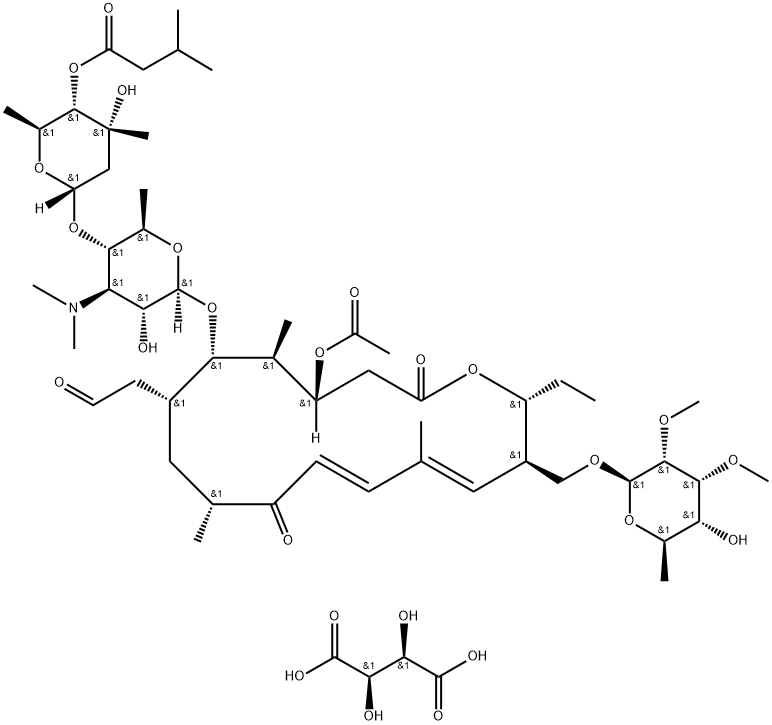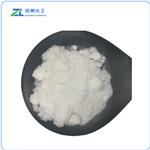Pharmacokinetics
Tylvalosin tartrate is a macrolide antibiotic with antibacterial activity against Gram-positive and some Gram-negative organisms and mycoplasma. It acts by inhibiting protein synthesis in the bacterial cell. Macrolide antibiotics are metabolites or semi-synthetic derivatives of metabolites of soil organisms obtained by fermentation. They have differently-sized lactone rings and are essential due to the dimethylamino group. Tylvalosin has a sixteen-membered ring. Macrolides interfere with protein synthesis by reversibly binding to the 50S ribosome subunit.
Pharmacology
Tylvalosin tartrate is rapidly absorbed after oral administration of Aivlosin. After administration of the recommended dose, lung concentrations of 0.060–0.066 μg/ml were found at 2 and 12 hours post-treatment. The parent compound is widely distributed in the tissues, with the highest concentrations found in the lungs, bile, intestinal mucosa, spleen, kidney, and liver. There is evidence that the concentration of macrolides is higher at the site of infection than in plasma, particularly in neutrophils, alveolar macrophages, and alveolar epithelial cells. In vitro metabolism studies have confirmed that the parent compound is rapidly metabolised to 3-O-acetyltylosin. In a trial with 14C-labeled Aivlosin administered at 2.125 mg/kg to pigs for 7 days, over 70% of the dose was excreted in the feces, with urinary excretion accounting for 3 to 4% of the dose.
in vitro
Tylvalosin tartrate (10 μg/mL; 0.5, 1 h) increases caspase-3 cleavage in porcine neutrophils, leading to DNA fragmentation during apoptosis.Tylvalosin tartrate (0.1-10 μg/mL; 0.5 h) Promote endocytosis of porcine neutrophils by macrophages without changing phagocytosis.




